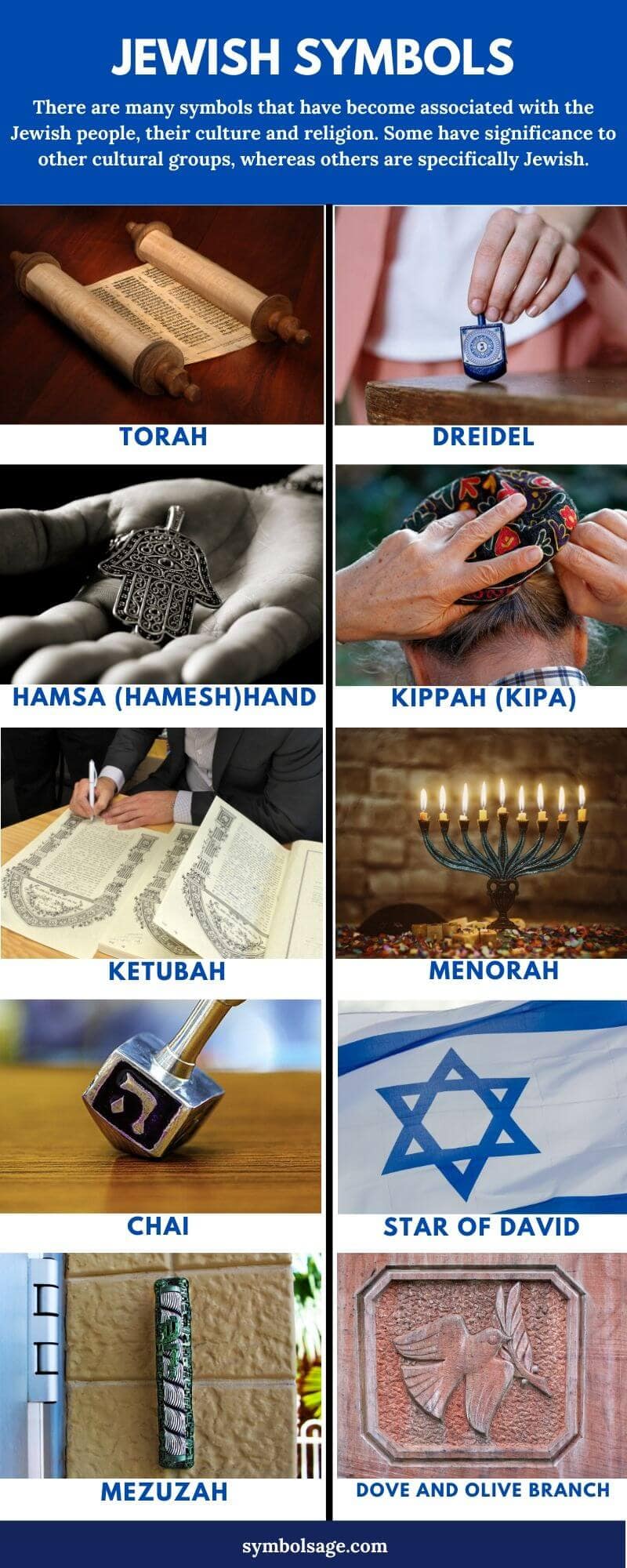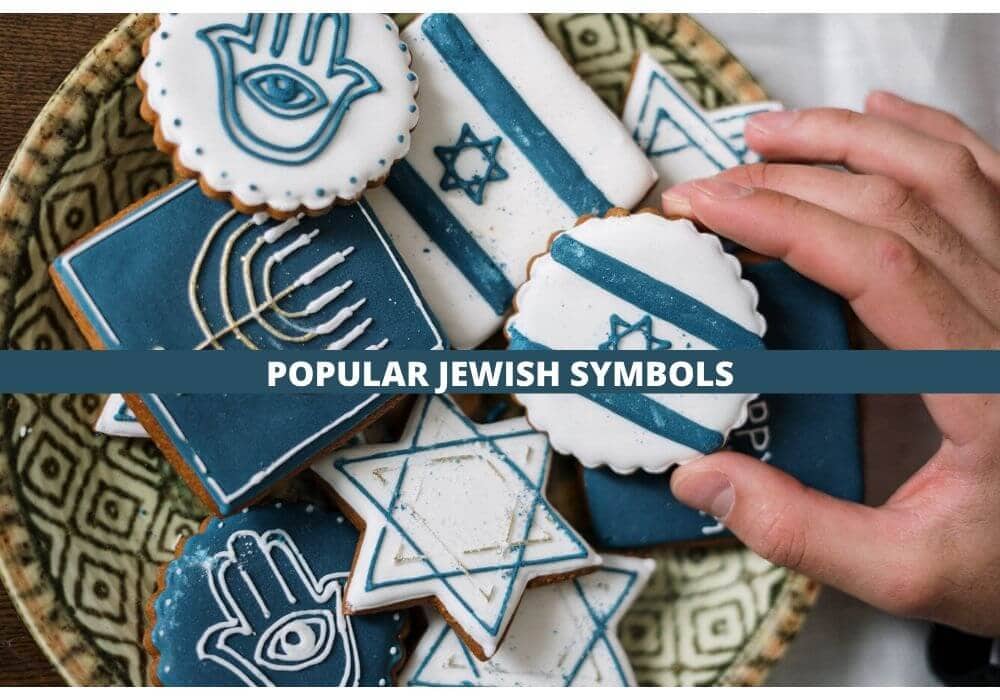
Table of Contents
Considering that Judaism is among the oldest religions in the world, it goes without saying that many symbols have taken on significance and have become linked to the Jewish people. Some of these symbols are highly specific, such as the menorah or the mezuzah, while others are more general, including the symbolism of numbers, certain types of food, and animals.
In this article, we’ve discussed some of the most popular Jewish symbols. This is by no means an exhaustive list, but it’s an excellent starting point.
1. Menorah
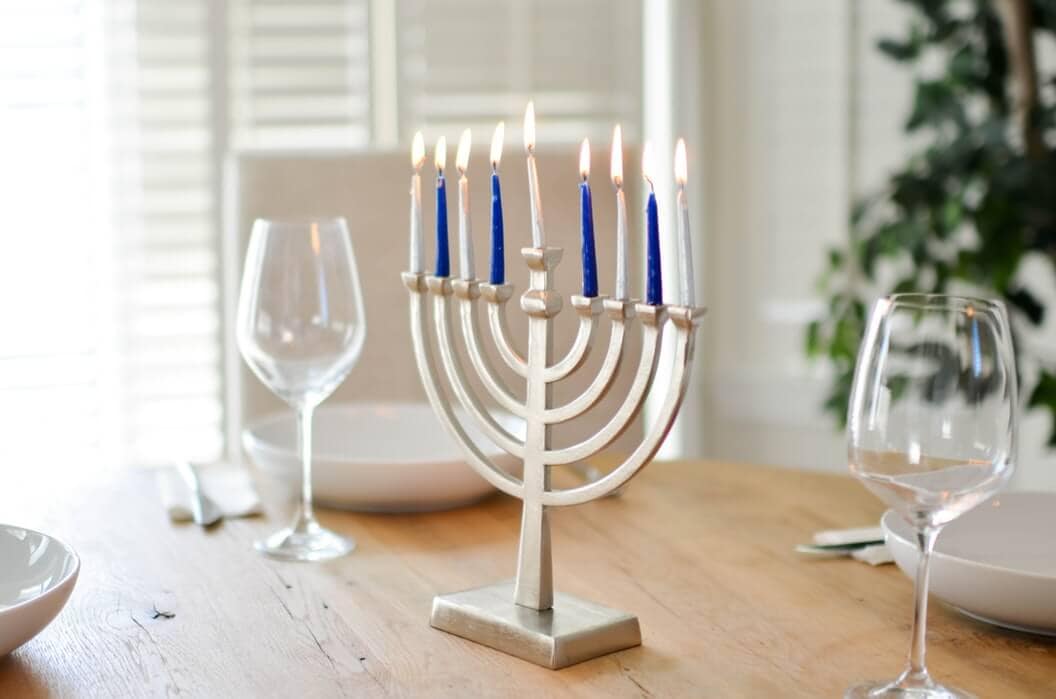
The word menorah is Hebrew for lamp. This is one of the most important objects in Judaism and an instantly recognizable Jewish symbol. The symbol of the menorah is depicted on the coat of arms of Israel.
There are two types of menorahs:
1. Temple Menorah
In the Bible, the menorah is described as a seven-branched lamp that was lit daily in the Tabernacle and later in the Temple of Jerusalem. This menorah was made of pure gold and was lit during the daytime inside the temple.
2. Chanukah Menorah
Menorahs lit during the Jewish holiday of Chanukah (also Hanukah) contain eight branches and nine lamps, one to be lit on each night of the holiday. These can be made of any material, as long as they are fire safe. Chanukah menorahs are typically lit outdoors, at the main entrance to the house and facing the street, although some light them indoors, next to a window or door. They’re generally lit at sunset and allowed to burn into the night.
2. Star of David
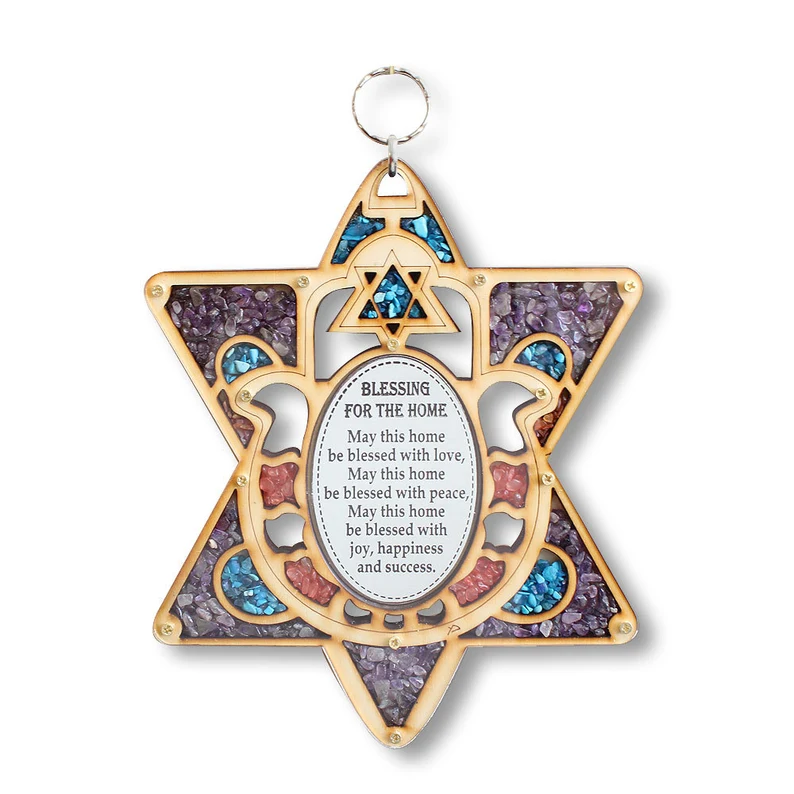
Possibly the most well-known symbol of the Jewish people and faith, the Star of David is a simple geometrical figure comprised of two overlaid equilateral triangles, positioned to create the image of a six-pointed star. This symbol is also known as the Shield of David or the Magen David.
The origins of this symbol stretch into antiquity where it was used in pagan contexts. It’s believed to have been used as a magical symbol or as decoration. It was occasionally used in Jewish contexts, but not consistently.
From the 17th century onwards, the Star of David became associated specifically with Judaism, with the Jewish community in Prague adopting it as their official symbol. In the 19th century, the Star of David became a universal symbol of Judaism, much like the cross for Christians.
Jews were forced to wear yellow six-pointed stars during the Nazi occupation of Europe, which made the symbol a representation of bravery, martyrdom, and heroism. Today, the Star of David features in the center of the flag of Israel.
3. Torah Scroll
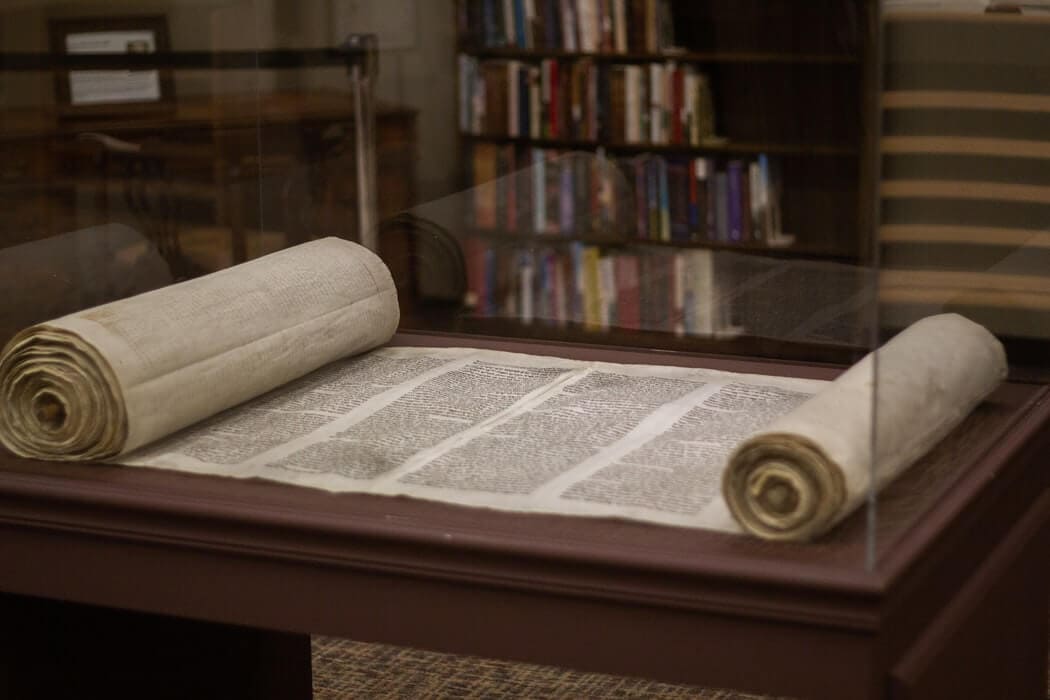
A Torah scroll is a parchment scroll, containing the Five Books of Moses, known as the Pentateuch. This is often handwritten in Hebrew by a trained scribe on fine parchment and is known as the Written Torah. However, the term Torah can also refer to all the existing Jewish teaching, practice, and culture. This is known as the Oral Torah, as it transcends a single document.
4. Kippah (Kipa)
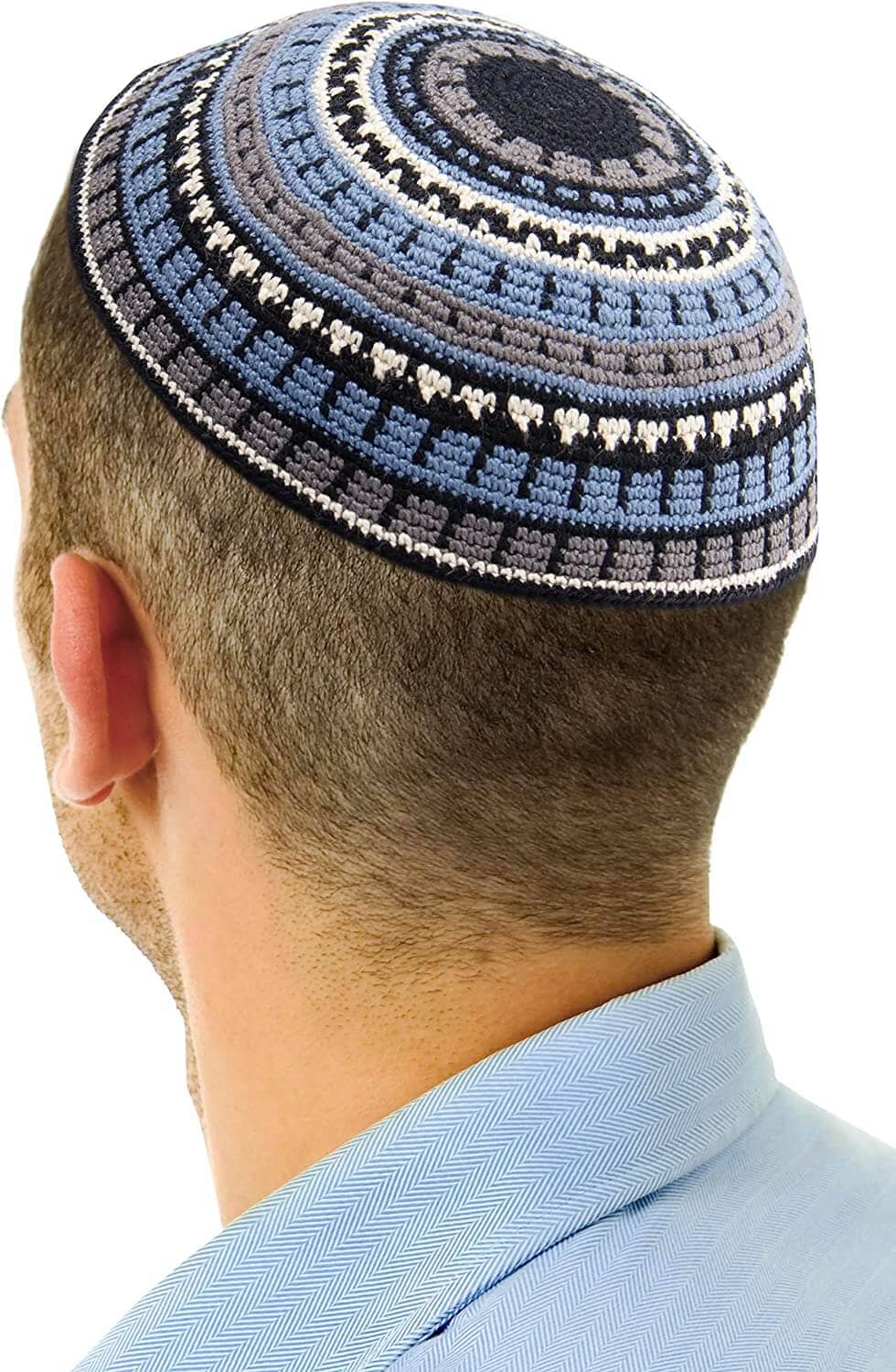
Also known as a yarmulke or Hech cap, a kippah (or kipa) refers to the small, semi-circular cap typically worn by Orthodox Jewish men. The kippah is made of fabric and covers just the top of the person’s head, as per the requirement that Jewish men cover their heads at all times.
While the kippah is predominantly worn by men, some modern women wear the kippah as a symbol of humility, piety, and equality with men.
Liberal or Reform Jews see the kippah as an optional item but may wear them during religious festivals and when praying or attending the synagogue.
5. Dreidel
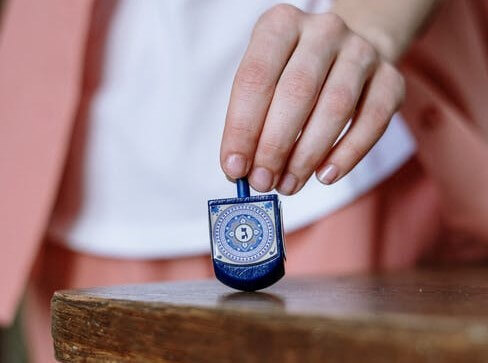
A dreidel is a small spinning top, consisting of four sides with each side featuring a Hebrew letter. The word dreidel derives from the German drehen, which means to turn.
The dreidel is typically spun during Hannukah and is associated with the festivities of the holiday. Children spin the dreidel, playing for items like coins, candy, or chocolate.
The four letters on the dreidel are:
- Nun – nothing
- Gimel – all
- Hei – half
- Shin – put in
These terms regulate the game, with the children following the rules associated with the letters. There are many children’s songs associated with the dreidel, such as I Have a Little Dreidel.
6. Hamsa Hand
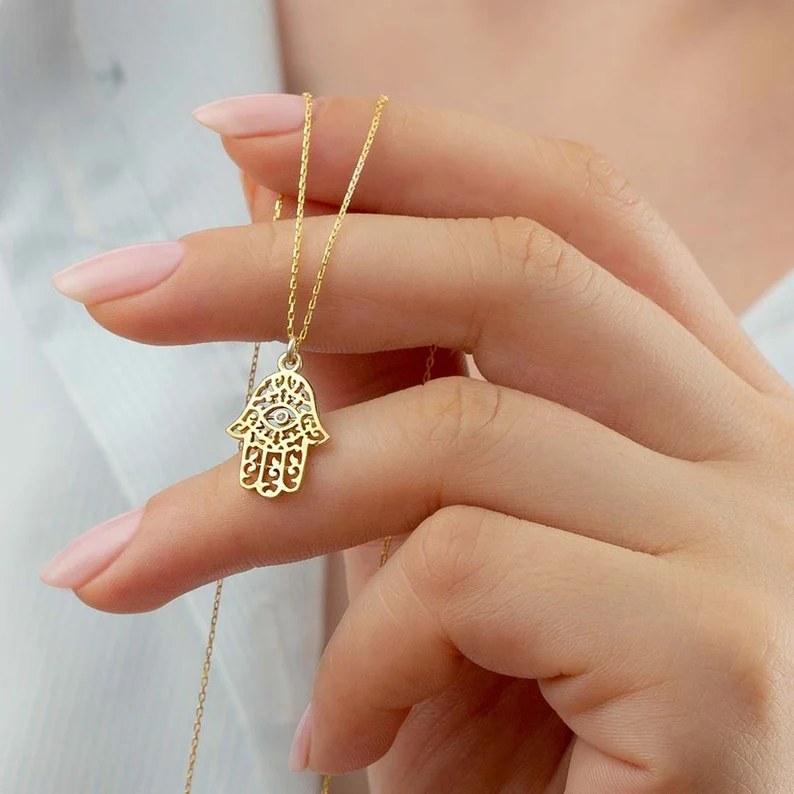
The hamsa hand, also called the hamesh hand, is an ancient symbol with significance to many cultures and religions. The symbol can’t be claimed by any single cultural group and has several interpretations. In Jewish communities, the hamsa hand is used as a sign of protection against the evil eye. This superstition remains strong in many cultures, including among Jewish groups.
7. Ketubah
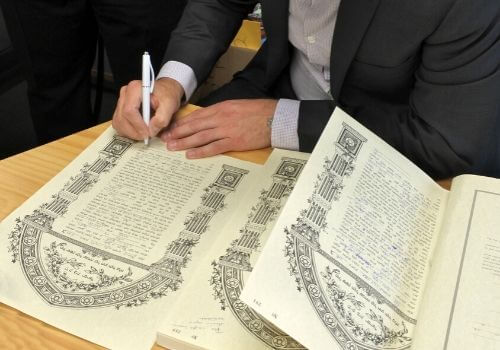
The ketubah is the Jewish equivalent of a marriage certificate and is a staple at Jewish weddings. It acts as a marriage contract, outlining the responsibilities that the groom has towards the bride. While in the past the ketubah could be enforced by civil courts, today, this can only happen in Israel.
The ketubah isn’t a mutual agreement, as the wife plays no part in the contract. Many couples hang their ketubah in their home, as a reminder of their marriage vows and responsibilities. According to Jewish law, if a couple loses their ketubah, they aren’t permitted to live together anymore. In such cases, a second ketubah must be drawn up as a substitute for the first.
8. Tallit with Tzitzit
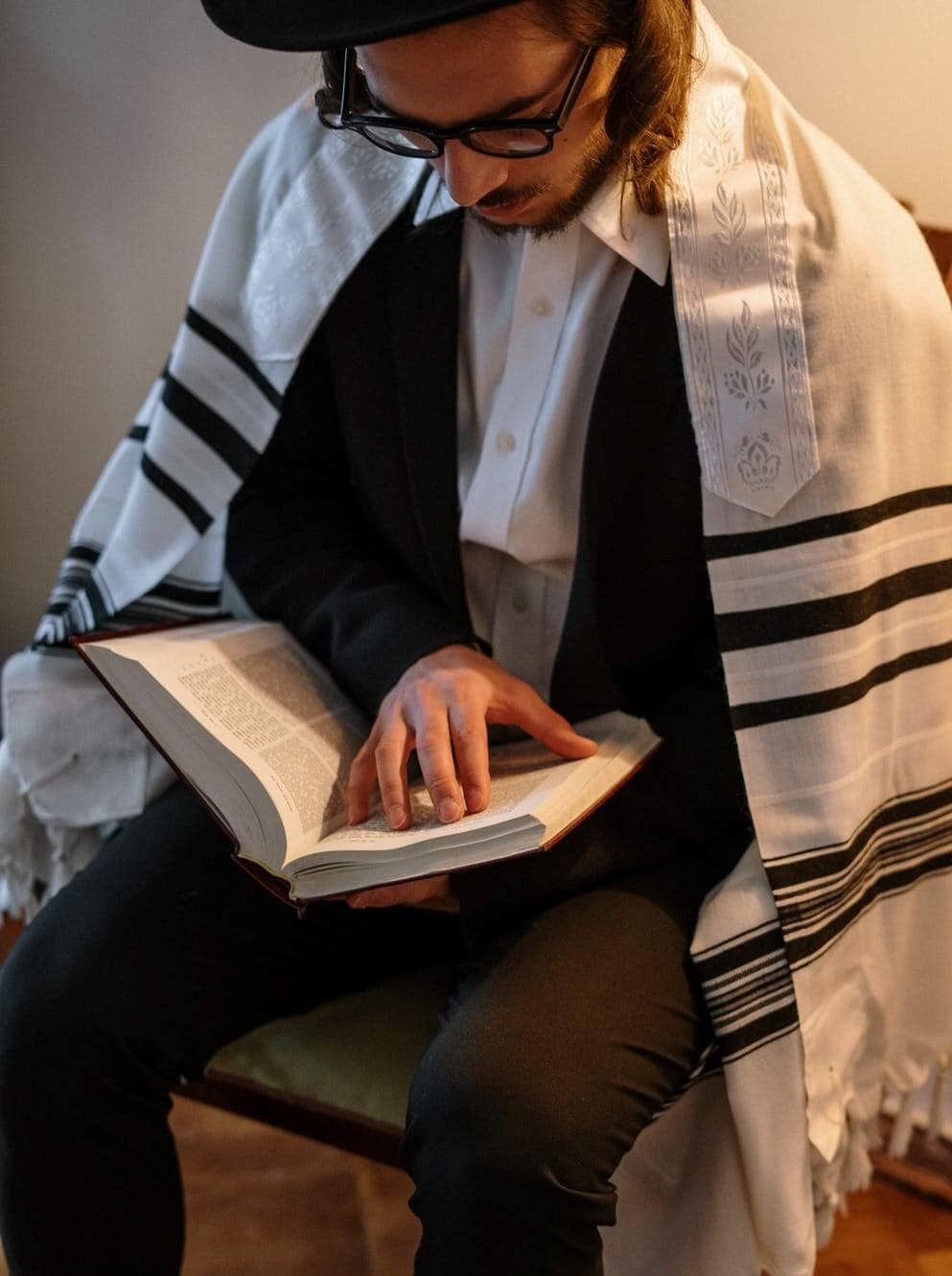
The tallit refers to the Jewish prayer shawl, that both men and women wear when engaging in their morning prayers. This four-cornered shawl should be large enough to easily fit over both shoulders but should not be made of a combination of wool and linen. Instead, it should be made of wool, cotton, or synthetic fibers.
The tzitzit are the strings that hang from the corners or fringes of the tallit. These are tied in specific patterns as per the mandates of the Torah. The tallit is a reminder of the duties and obligations of the Jewish people.
9. Palm Tree

The palm tree is one of the seven species (see below), as it bears the date fruit. It’s a highly significant symbol in Isreal, as it signifies abundance and fruitfulness. The palm branch is a symbol of victory. Fronds of date palms are used in festivals, such as Sukkot, and also in various rituals. Palm symbols are commonly found on Jewish coins, decorative items, and Jewish ossuaries.
10. The Seven Species
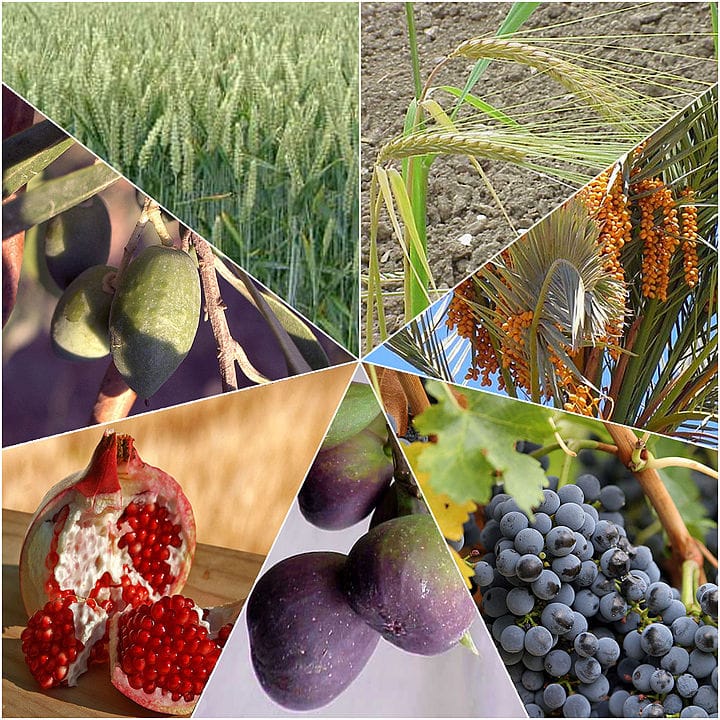
The seven species, referred to collectively as shivat haminim, are considered sacred fruits and grains grown in Israel. These are:
- Barley
- Grapes
- Wheat
- Figs
- Date (honey)
- Olive (oil)
- Pomegranates
These species are listed in the book of Deuteronomy as the only acceptable offerings in the Temple, as long as they are the ‘first fruits’. These have played an important role throughout Israeli history and are still important in Israeli cuisine today. Today, the seven species are eaten during the Jewish New Year for Trees, called Tu Bishvat.
11. Doves and Olive Branch
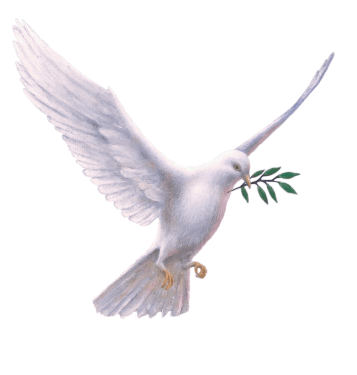
The symbolism of a dove with an olive branch as representing peace has its roots in the biblical story of Noah and the ark. When Noah released the dove, it returned with an olive branch clasped in its beak, signaling the end of the flood. The olive also has the distinction of being one of the seven native Israeli fruits from ancient times.
12. Chai
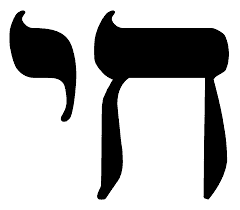
Chai (not to be confused with the Indian chai which means tea) is a Hebrew word that translates to life or living. The word is written using two letters – Chet and Yud. When put together, these letters form the word chai which represents being alive.
In Hebrew, each letter is assigned a numerical value. The numerical value of the word chai is eighteen, which is why the number 18 is important among Jewish circles. When giving monetary gifts, the amounts are typically made in increments of $18.
The chai symbol is often worn on jewelry, much like the Star of David or the Hamsa Hand.
13. Mezuzah
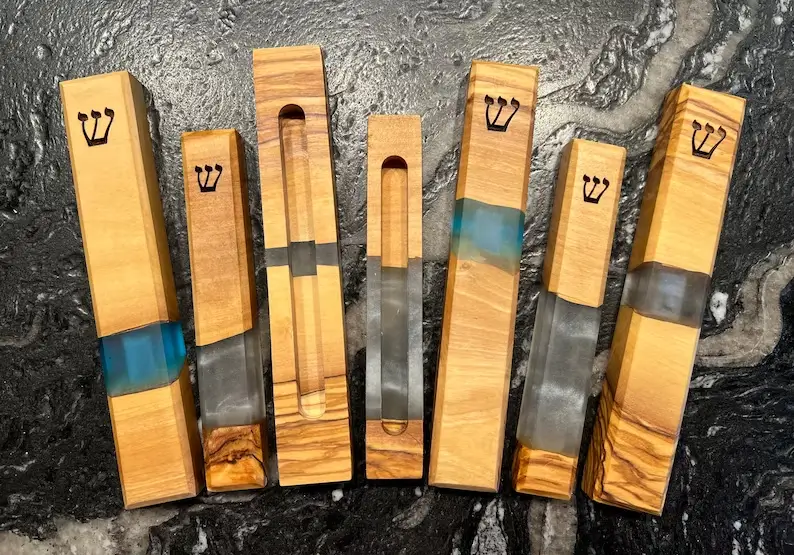
A mezuzah is a decorative case, attached to the right side of a door or doorpost, at around shoulder height. The case is designed to hold the klaf, or parchment, on which specific verses of the Torah are written in Hebrew.
It serves as a reminder of the covenant with God and as a symbol that the house is a Jewish household. Some believe the mezuzah to be an amulet, with magical abilities to protect those within the household.
14. Symbolism of Numbers
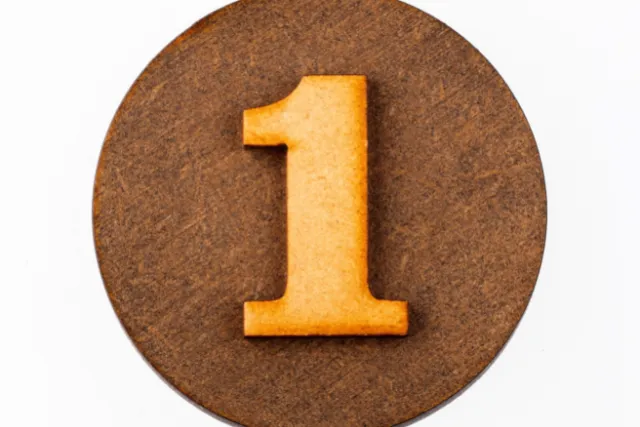
In Judaism, numbers play a special role, with several numbers considered significant for their symbolism:
- One – symbolic of unity, divinity, and perfection of God
- Three – denotes completeness and stability
- Four – has significance in both esoteric and exoteric Jewish traditions
- Five – symbolizes the Pentateuch (the Five Books of Moses); also symbolizes protection
- Seven – it’s a highly significant and powerful number, symbolizing Creation, blessing, and good fortune
- Eight – represents a completion
- Ten – symbolizes good fortune, luck, and power
- Twelve – signifies totality and the completion of God’s purpose
- Eighteen – it’s considered the luckiest number and is the numerical value of the word Chai (discussed above)
- Twenty-four – symbolic of abundance and fruitfulness
- Forty – a highly significant number in the Bible, usually signifying a period of transition and transformation
- Seventy – represents the world
- Odds and Evens – odd numbers are deemed to be lucky while even numbers are believed to be bad luck
In Brief
The Jewish religion, practices, and culture are rich with symbolism and meanings. To recap, here’s a visual of popular Jewish symbols.
